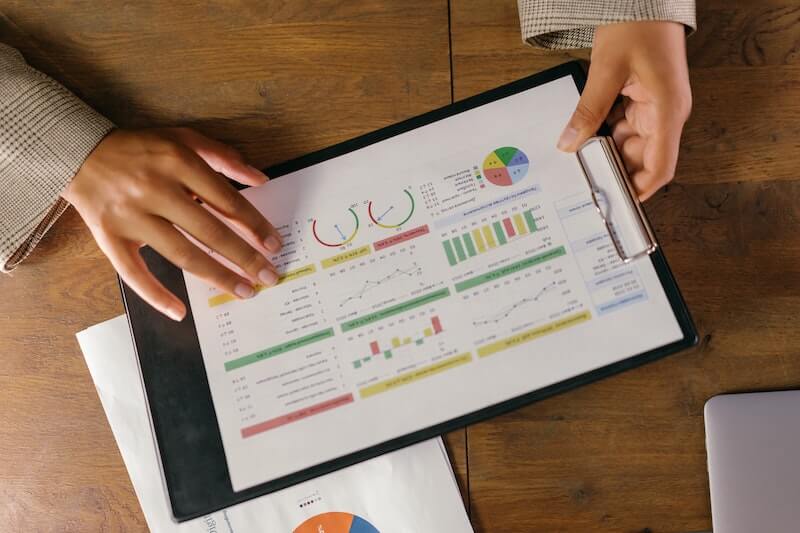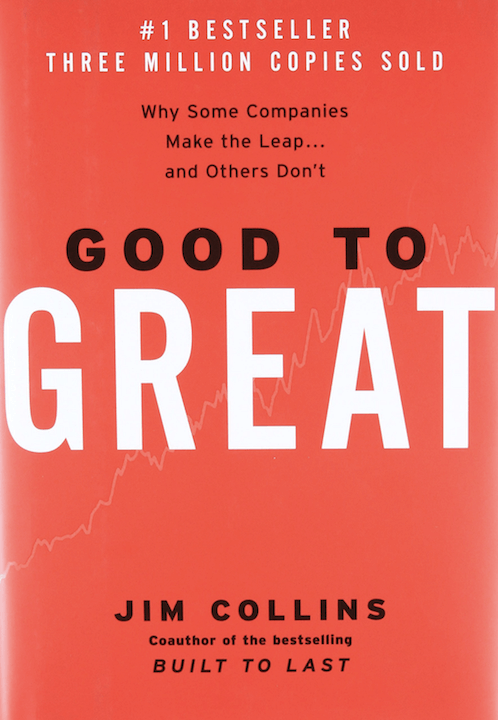In order to remain successful in today’s modern business environment, it is crucial to not only know where your money is going, but that it is being used properly. Procurement reports and frequent process analysis will help to ensure resources are being distributed and managed appropriately; various types of procurement reports can be used to ensure profitability in different areas through different KPIs.

The main things to consider when conducting your analysis are:
- Identify and gather all your data
All data sources need to be compiled, irrelevant of your company size. Some sort of common interface is required to store your data, which can then be used as required to create reports. Extracting data from a variety of different places will simply cause difficulties and a lack of comprehension.
- Clean your data
Once all the data is in one place, it needs to be organized and cleaned – there are professional programs to help make this easy. Work out a standardization plan of how to make everything visible and easy to sort, and then a specialised machine can do the legwork.
- Manage your spend data
Spend data needs to be optimized and alaysed. This is necessary for company progression and advancement., by decreasing costs and improving supplier relationships. Opportunity identification becomes easier and spending princesses become clearer due to increased transparency.
- Analysing your findings
Your processes need to be regularly analysed to reduce the number of suppliers per category, and thus ensure the best possible contract rates. This, in turn, reduces costs.
Procurement report examples
Once you know how to create a procurement report, and the power they can have on pushing your business higher, you need to find out the best type of procurement report that works for you.
1. Procurement KPI Report
No matter what your business deals with, be it physical goods or digital services, procurement is equally vital. Linking the needs of the organisation with suppliers or contractors, the importance of procurement can not be ignored or underplayed. It’s the cornerstone when it comes to the competitiveness of every business.
The Procurement KPI Report offers a detailed overview, summarising and outlining all the various metrics that are critical to the procurement departments success. This kind of report helps pull together the data which shows the main activities of a procurement team, together with its relationship with key company suppliers.
The KPI Report aids in the smooth, successful department management, while constructing and elevating brand awareness.
Main KPIs
- Number of suppliers – this report tracks the level of dependency you have on your suppliers. Having too many suppliers robs you of the opportunity to secure valuable discounts, while too few means becoming even more reliant on them, and a failure to diversify.
- Compliance rate – The simple agreements between supplier and company is referred to as compliance. If you categorize your suppliers, you can see the levels of compliance for each area, and where changes are needed.
- Purchase order cycle time – this metric measures the cycle time of the ordering process as a whole. A reduction of this period removes any lack of efficiency, improves rate of productivity and elevates the brand reputation.
2. Supplier Delivery Report
A supplier’s ability to provide your company with what they need, be it goods or services, at the right time, is critical. That’s what the Supplier Delivery Report measures.
Defect rates and delivery times are the kinds of things you need to consider when tracking supplier delivery data. This can provide information that can be highly valuable when analysing the performance of a particular supplier. This is, therefore, a report every business (again regardless of size) would benefit from.
There is no denying that suppliers play an invaluable role in procurement – clearly it could literally not happen without them. Even so, it is important to continue to measure each element of their performance (as per the existing contract between both parties).
Main KPIs
- Supplier defect rate – A brand’s reputation is on the line, and can be damaged by a number of things; constant ongoing defects is one of those things. This KPI measures the quality of suppliers in regard to the service they provide, enabling a swift, efficient elimination of any issues before they potentially escalate.
- Lead time – Lead time is the ‘big one’ (alongside quality) when it comes to supplier performance. Lead time is how long it takes a supplier to fulfill an order. As a business or company, you want to cut down the lead time as much as realistically possible without sacrificing quality. Metric data collected in regard to this is vitally important.
- Supplier availability – Your suppliers ability to quickly respond and act when it comes to an urgent demand is important to measure. Consumer purchasing habits are, now more so than ever, fluid and ever-changing. You, and therefore your suppliers, need to be able to cope with fluctuating volumes – monitoring supplier availability will help you achieve that.
3. Procurement Costs Report
A Procurement Costs Report looks in detail at the costs and purchases related to your company’s various procurement activities.
Having a report that consolidates all the key data of the whole purchasing department is hugely beneficial; you can optimize costs, anticipate the different needs of different business areas, and save time above all.
This report covers all elements of essential cost-based information. As ever, effectively managing costs is crucial. High-quality cost management processes are required, and this report can help to understand what needs to be done to reduce costs among other necessary business strategies.
Image Source: DataPine 2021
Main KPIs
- Cost of purchase order – This metric monitors the cost of every purchase the business makes, thus representing the average cost of processing an order. Cost can also relate to time, another factor which must be considered.
- Reduction of procurement costs – This KPI allows the easy streamlining of financial savings across all procurement activities, boosting economic efficiency.
- Avoiding procurement costs – Avoiding unnecessary costs can end up saving businesses a substantial amount. This report will highlight areas of inefficiency, enabling you to avoid them going forward.
- Procurement ROI – This will help to analyse the profitability of the investments within the procurement department. Working out your procurement ROI enables maximum investment return value.
4. Procurement Quality Report
Maintaining quality within procurement processes is paramount.
Aligning supplier relationships and creating contracts that are as favourable as possible gives you the ability to maximise business value. This procurement report ensures you keep the top level quality while still achieving cost-saving goals. It offers quick access to vital information about your top suppliers, supplier costs and more.
This report contains the necessary ingredients required to successfully ensure quality from your procurement processes.
Main KPIs
- Supplier quality rating – This KPI is about benchmarking the performance of suppliers and your professional relationships with them. This supplier quality rating helps you to address problems within your supply chain directly. It also enables you to easily spot and rectify performance issues.
- Purchase in time and budget – This allows for analysing specific costs in each procurement group. Additionally, you will also get an overview of how procurement initiatives are being driven by spending and budget.
- Spend under management – Keeping on top of, and optimising top-level spending, is what this KPI focuses on. You can spot trends within the procurement process with ease, and keep your budget on track. Basically it ensures a business is healthy from a fiscal point of view.
Utilising data means you are able to make better decisions, create genuine and beneficial organizational impact, and take note of important insights. Procurement is an essential element of most any company or business, and being informed around the relevant data is the key to keep initiatives on track. Along the same line, procurement leaves little margin for error. Procurement reporting is of the highest importance to ensure business success and growth.


